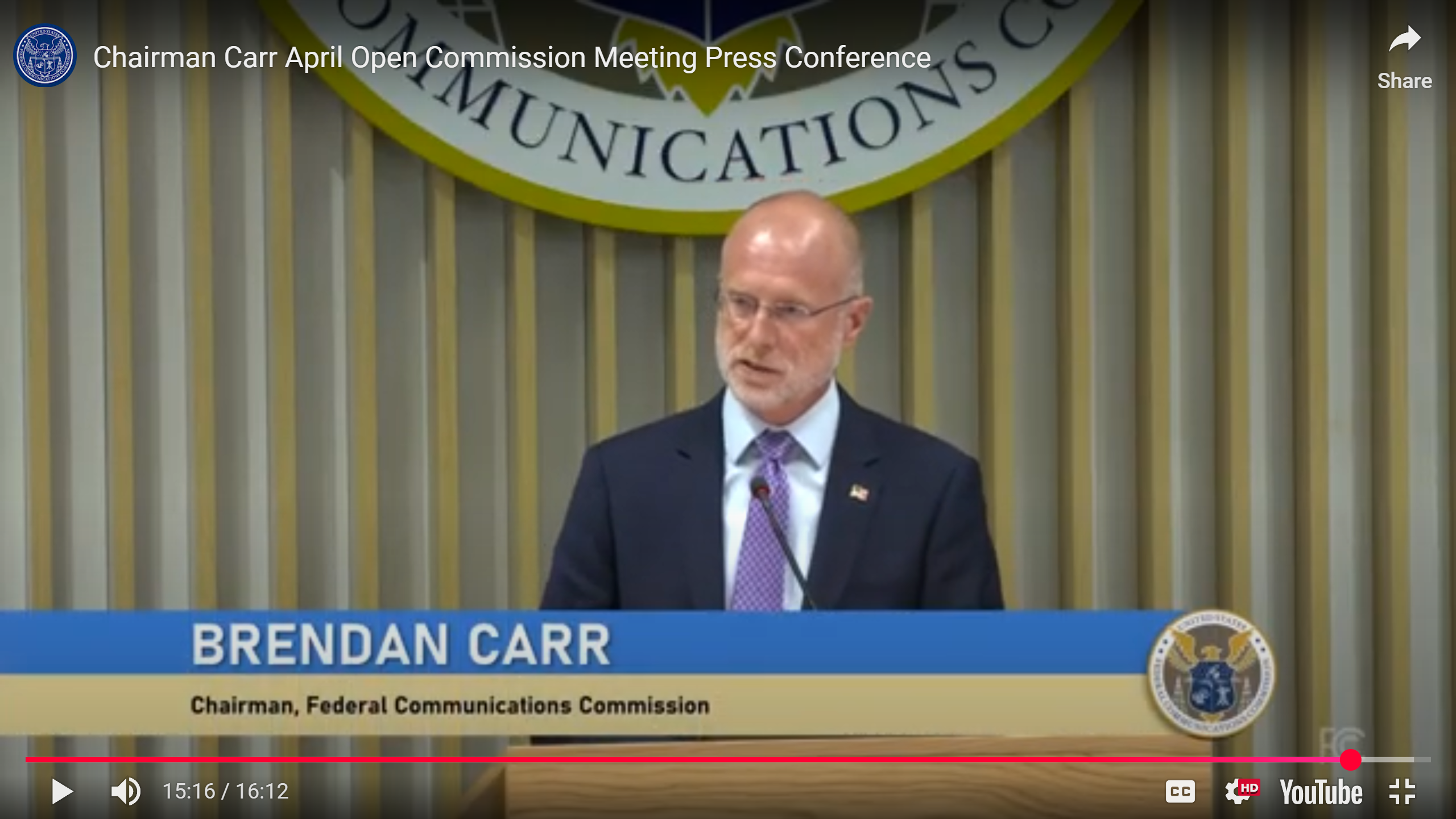ATSC Technology Advances
Soon after the ATSC standard was adopted in the United States, several tests showed that the DVB-T terrestrial broadcasting standard based on COFDM was superior to single carrier 8-VSB. DVB-T excelled in tolerance for multipath and ease of use in single frequency networks. ATSC, for an equivalent data rate, provided reception at reduced signal-to-noise ratios and offered better immunity to impulse noise interference. Early ATSC receivers required an outdoor antenna, DVB-T worked with portable receivers in urban environments with lots of multipath.
The United States is a large market and, fortunately for broadcasters, some manufacturers decided to use technology to overcome 8-VSB's early disadvantages. "Fifth generation" demodulators have narrowed or eliminated the advantage DVB-T had in multipath rejection. Mobile and portable reception is now possible. Transmitting 8-VSB signals to cell phones, however, remained impractical because of the high power consumption of these powerful demodulators. Other DTV standards, such as the DVB-H derivative from DVB-T, solved the problem by transmitting the data in short, high data rate bursts while allowing the receiver to "sleep" in a reduced power mode between the data bursts. This option wasn't available to 8-VSB receivers until 2006.
Both Rohde and Schwarz and Samsung have developed a way to achieve similar performance with "A-VSB," currently being reviewed by the ATSC. This proposed standard maintains compatibility with older receivers, but would allow transmission of a separate, lower data rate program stream that can be received at far lower signal to noise ratios than conventional 8-VSB transmissions. More important for handheld devices, A-VSB allows for "time slicing" so the receiver can go to sleep between data burst and save power. Samsung and Rohde and Schwarz are promoting the proposed standard and will have a bus demonstrating it during CES 2007 in early January. While I don't expect to see "time slicing" in this demonstration, A-VSB proponents say it is possible.
Earlier I mentioned the improvement in ATSC receiver performance. The improvement in performance compared with older DTV tuners is amazing. The USB ATSC tuners I describe in my upcoming RF Technology column in the Jan. 10, 2007 issue of TV Technology pulled in stations with a small indoor antenna that were, at best, marginally viewable on their analog channel due to multipath and lack of line-of-sight to transmitter locations. Ideally, this technology will also find its way into low-cost DTV sets. For 2007, it is hard to imagine tuner performance improving at the same rate, but we can hope today's high performance tuner and demodulator technology makes it into a wider range of products, including portable TV sets and inexpensive, smaller screen, "second-set" DTV sets.
Get the TV Tech Newsletter
The professional video industry's #1 source for news, trends and product and tech information. Sign up below.
